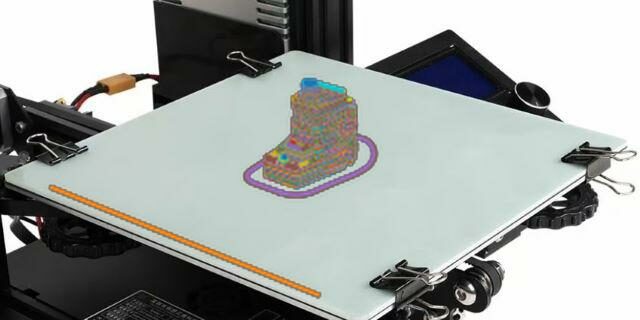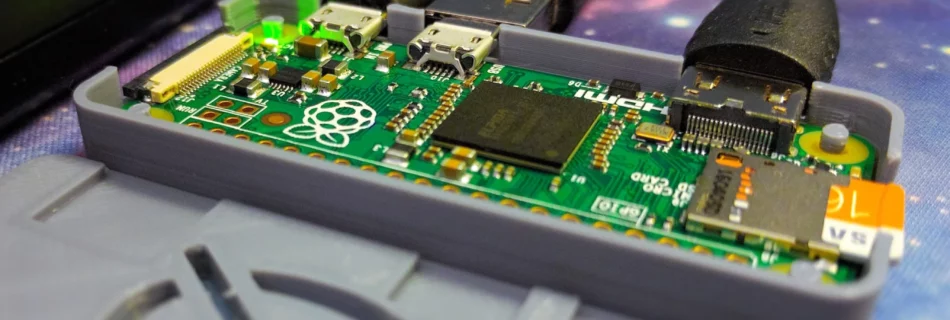OctoPrint Hologram Dependency Fix
OctoPrint has a sweet plugin called octoprint-hologram which overlays a ‘hologram’ of the 3D print while your printing. If you attempt to install this from the plugin install in OctoPrint, this may fail and the issue is a dependency issue that Numpy requires you’ll need to manually add. I found the below solution here: https://github.com/MarkSlat/OctoPrint-Hologram/issues/1#issuecomment-2119084078 …







